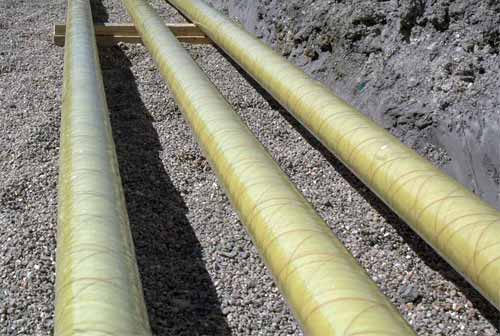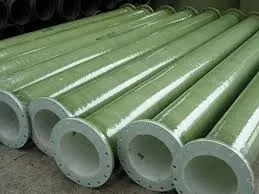
Fiberglass (FRP) pipe is a type of composite pipe that consists of a polymer matrix reinforced with fibers. The polymer matrix can be made of different types of resins, such as thermosetting polyester, epoxy, phenolic resin, etc. The fibers are usually glass fibers, but other types of fibers can also be used. The main advantages of fiberglass (FRP) pipe are its excellent corrosion resistance, high strength-to-weight ratio, low coefficient of friction, and dimensional stability. Fiberglass (FRP) pipe can be used in various industries, such as water treatment, chemical, petrochemical, oil and gas, power plants, etc.
Fiberglass (FRP) pipe can be manufactured by two main methods: contact molding and filament winding. Contact molding involves applying resin and fiber layers on a mandrel or a mold to form the pipe. Filament winding involves winding continuous fiber strands impregnated with resin on a rotating mandrel to form the pipe. Both methods can produce pipes with different diameters, wall thicknesses, and pressure ratings.
























































































































